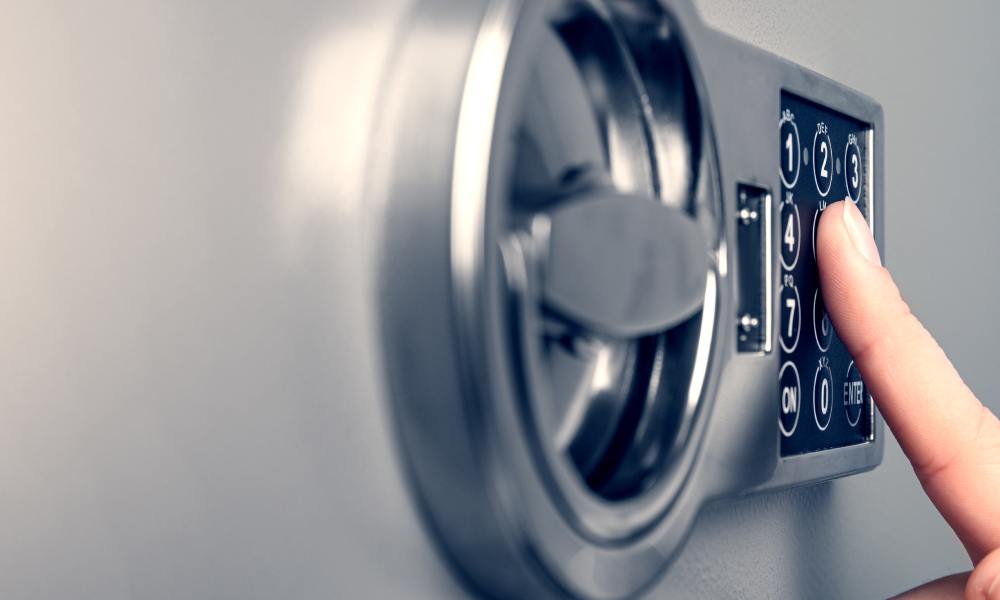
Choosing a safe involves considering the types of threats your valuables face. Fires and floods pose significant risks, and choosing between a fireproof and a waterproof safe is a common dilemma for homeowners.
Understanding the distinct features of each type will help you determine the best protection for your possessions. It’s important to know what to look for in a fireproof or waterproof safe before making a purchase.
What Defines a Fireproof Safe?
Fireproof safes use specialized insulation materials to keep the internal temperature below a specified level for a specific duration during a fire.
Fire Ratings Explained
Manufacturers test these safes to determine their fire resistance rating. This rating indicates two things: the maximum external temperature the safe can withstand and the length of time it can maintain a safe internal temperature.
For example, a safe with a 1-hour fire rating at 1700°F will keep the interior below 350°F for at least one hour when exposed to that external temperature. This level of protection is suitable for paper documents, which begin to char around 405°F.
Considerations for Digital Media
Digital media, such as hard drives and USB drives, require much lower internal temperatures to survive, typically below 125°F. Safes designed to protect these items have more robust insulation and a corresponding higher price tag.
What Defines a Waterproof Safe?
Waterproof safes focus on protecting contents from water damage, whether from flooding, sprinklers, or firefighting efforts. These safes feature seals and gaskets that prevent water from seeping inside.
Waterproof vs. Water-Resistant
It’s important to distinguish between “waterproof” and “water-resistant.” A waterproof safe provides complete protection against water submersion for a specified depth and duration. A water-resistant safe, however, might only protect against splashes or light rain.
Always check the manufacturer’s specifications for details on the level of protection offered. When choosing a safe, it’s crucial to consider its placement in your house, especially in relation to potential water sources or flood zones. For instance, basement installation warrants a careful assessment of its waterproofing capabilities.
Can a Safe Be Both Fireproof and Waterproof?
Many modern safes offer dual protection against both fire and water. These combination safes provide a comprehensive way to guard your valuables against multiple threats. They incorporate both fire-retardant insulation and watertight seals.
Before you buy, it’s essential to know what to look for in fireproof or waterproof safe features to find a model that meets your specific security needs. These dual-protection models offer a balanced approach for homeowners who want to guard against the most common disasters.
Choosing the Right Safe for Your Needs
Selecting the right safe depends on your location, the items you plan to store, and your budget. If you live in an area prone to wildfires, a high fire rating becomes a priority. Conversely, homeowners in flood zones should prioritize waterproof capabilities. For many, a combination safe presents the most practical choice, offering broad protection for important documents, electronics, and other irreplaceable items.
